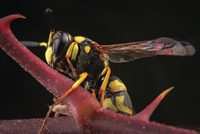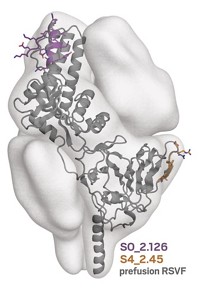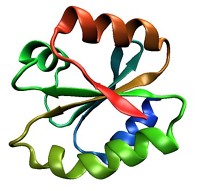Advertisement
Grab your lab coat. Let's get started
Welcome!
Welcome!
Create an account below to get 6 C&EN articles per month, receive newsletters and more - all free.
It seems this is your first time logging in online. Please enter the following information to continue.
As an ACS member you automatically get access to this site. All we need is few more details to create your reading experience.
Not you? Sign in with a different account.
Not you? Sign in with a different account.
ERROR 1
ERROR 1
ERROR 2
ERROR 2
ERROR 2
ERROR 2
ERROR 2
Password and Confirm password must match.
If you have an ACS member number, please enter it here so we can link this account to your membership. (optional)
ERROR 2
ACS values your privacy. By submitting your information, you are gaining access to C&EN and subscribing to our weekly newsletter. We use the information you provide to make your reading experience better, and we will never sell your data to third party members.
Biological Chemistry
Viral Packaging For Wasp Eggs
Biochemistry: Wasps coat their eggs with viral liposomes to help their progeny survive in caterpillar incubators
by Sarah Everts
November 30, 2015
| A version of this story appeared in
Volume 93, Issue 47

Parasitic wasps called Venturia canescens lay their eggs in caterpillars, but not before coating the eggs with protective liposomes. The liposomes contain a battery of protein weapons that help the wasp progeny combat the immune system of the caterpillar, which certainly doesn’t want to be a wasp incubator. Researchers have long thought the liposomes resemble viral containers and referred to them as “virus-like-particles.” Now there’s proof of the liposome’s viral provenance (Sci. Adv. 2015, DOI: 10.1126/sciadv.1501150). A team of researchers led by Jean-Michel Drezen of François Rabelais de Tours University and Anne-Nathalie Volkoff of the University of Montpellier report that the genes for making the liposome machinery found in the wasp genome correspond to nudivirus DNA. They propose that a few million years ago, nudiviruses infected the wasp and inserted their DNA into the wasp genome. In the intervening years, the wasp evolved a way to repurpose the viral DNA—particularly the virus’ liposomal packaging—for its own infective, reproductive purposes. The researchers propose that the work could help humans develop ways to use viral liposomes to deliver drugs—instead of baby bugs.





Join the conversation
Contact the reporter
Submit a Letter to the Editor for publication
Engage with us on Twitter